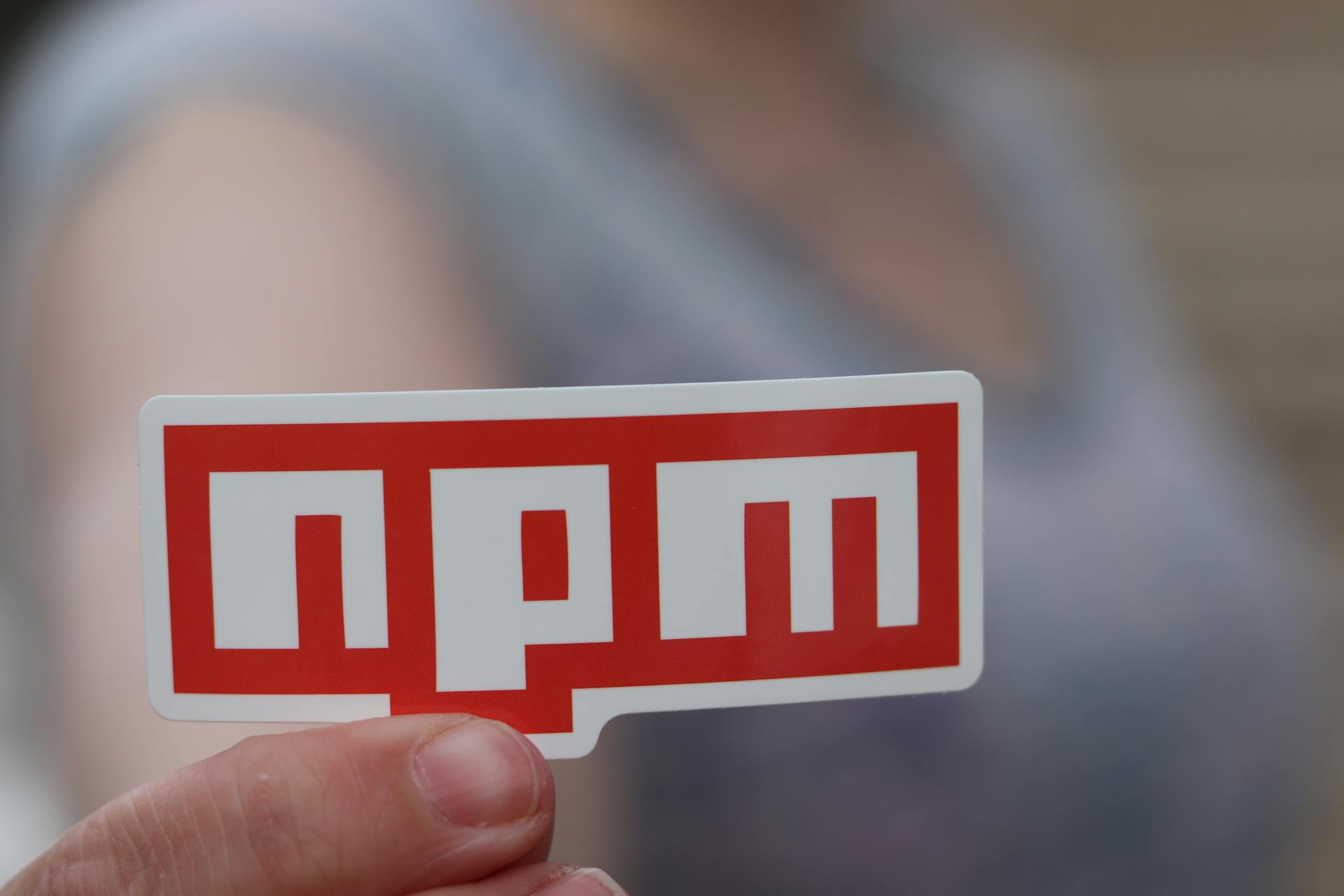
Critical Supply Chain Attack Hits Ethereum Development Platform Hardhat
CyberSpecta

APT41 Targets Shipping, Logistics Across Europe and Asia
CyberSpecta

Starkcat and HotPage Malware Target Critical Infrastructure and Browser Traffic
CyberSpecta

ObjCShellz: BlueNoroff’s Latest macOS Weapon
CyberSpecta

StripedFly: Malware That Evaded Detection for Over Five Years
CyberSpecta

Kinsing’s Cloud Onslaught: Exploiting Recent Linux Flaw for Breaches
CyberSpecta

MuddyWater Expands Tactics in Cyber Espionage Campaign to Target Israel
CyberSpecta

AtlasCross: A New Advanced Persistent Threat Group Targeting Specific Networks
CyberSpecta

Evolving BBTok Banking Trojan Threatens Latin American Users
CyberSpecta

Deadglyph: Stealth Falcon’s Advanced Modular Malware
CyberSpecta

OilRig Cyber Espionage Campaigns Target Israeli Organizations
CyberSpecta

New Phishing Campaign Uses Microsoft Teams as a Vector for Ransomware Attacks
CyberSpecta